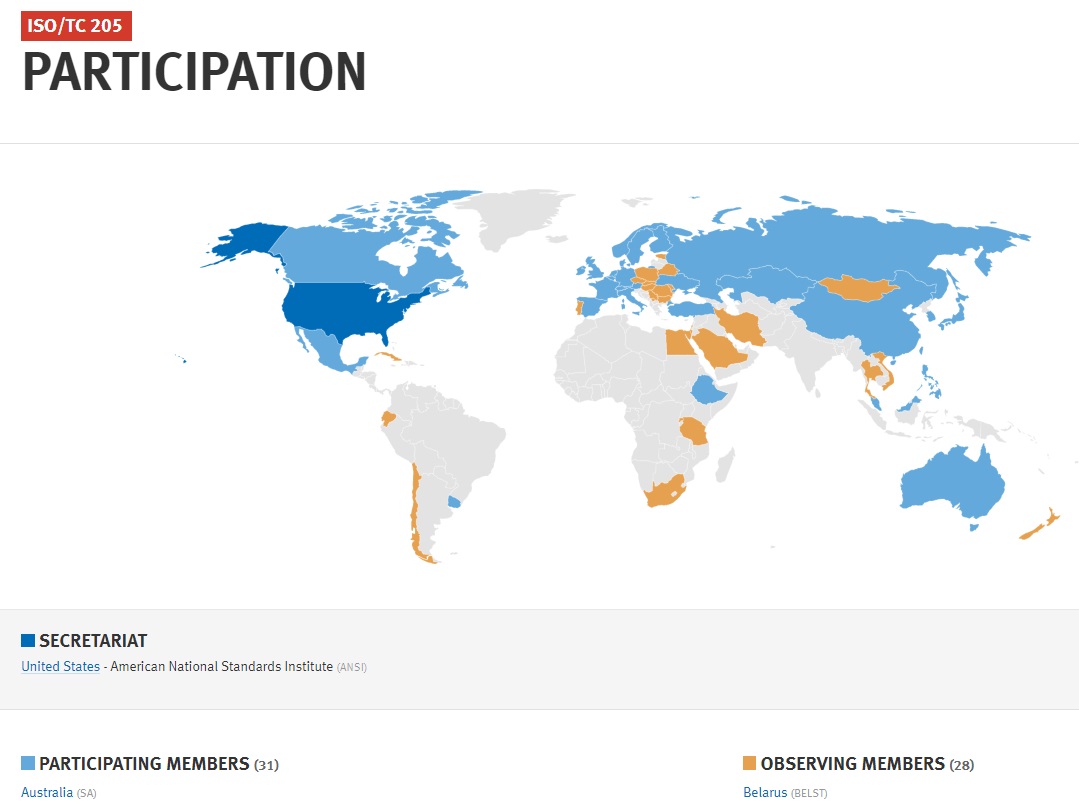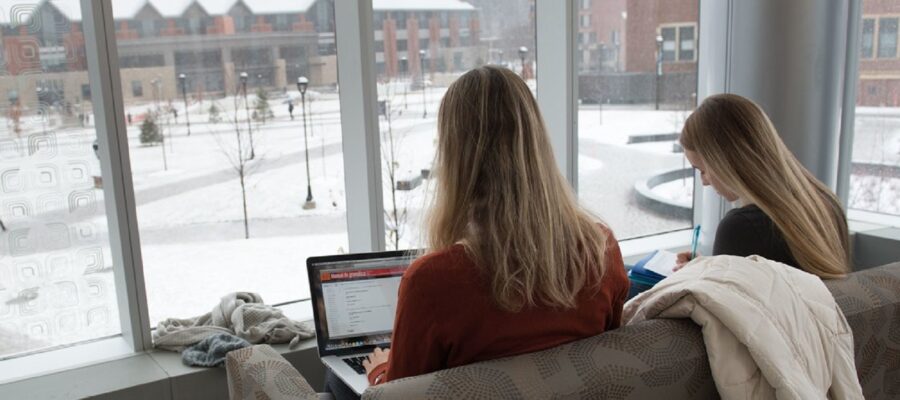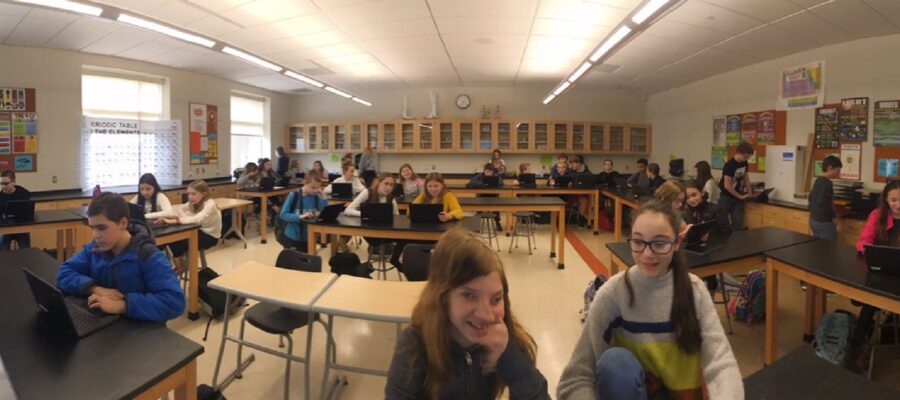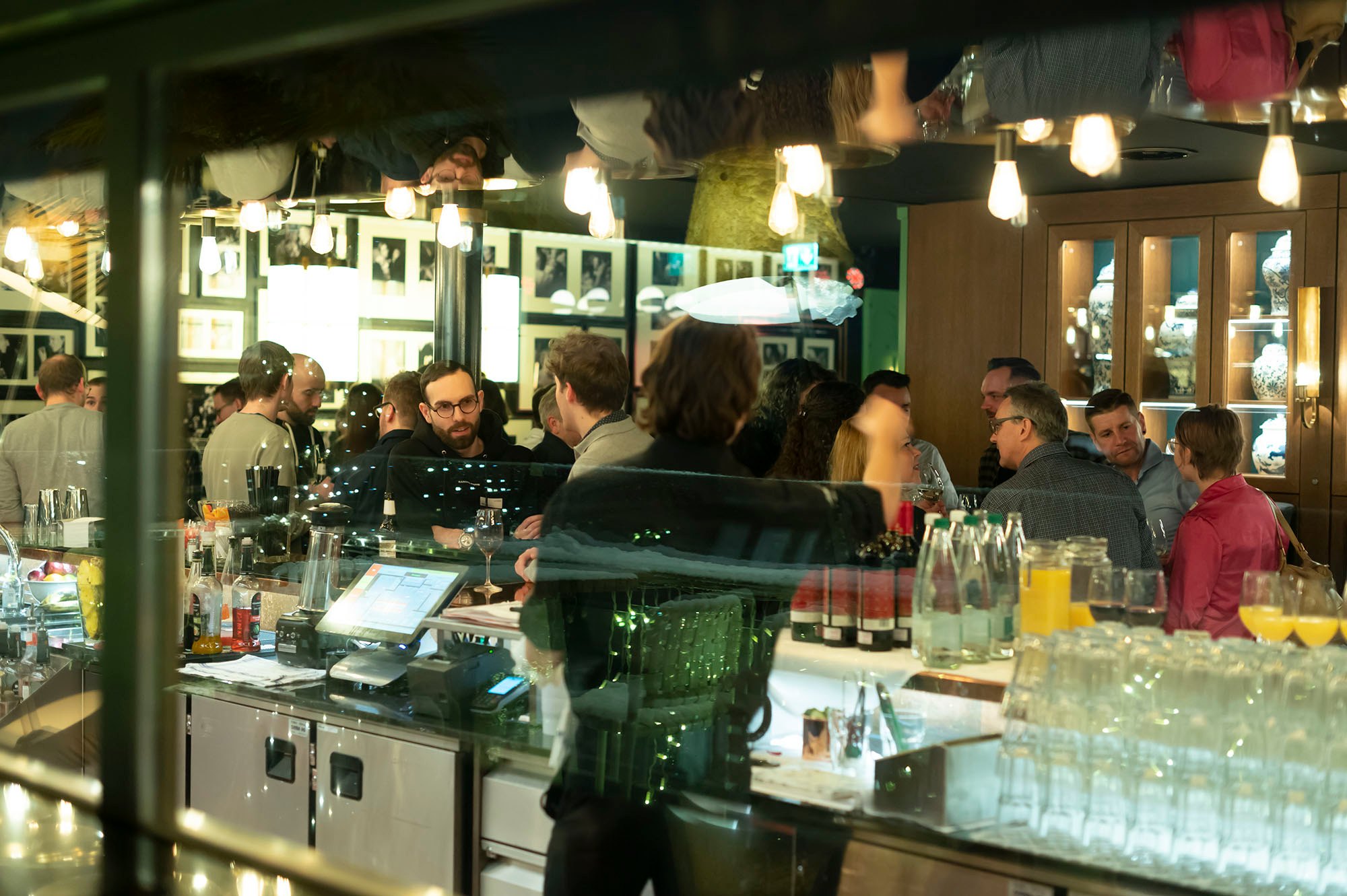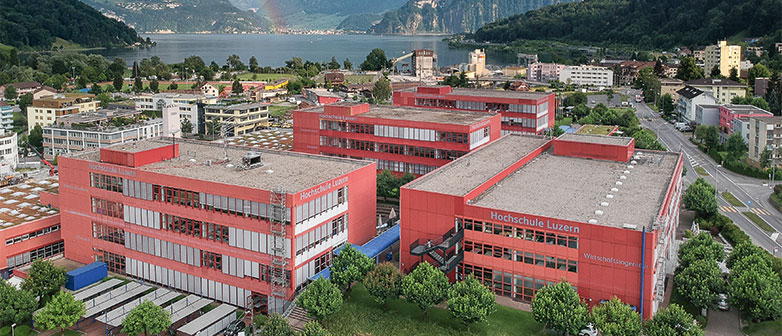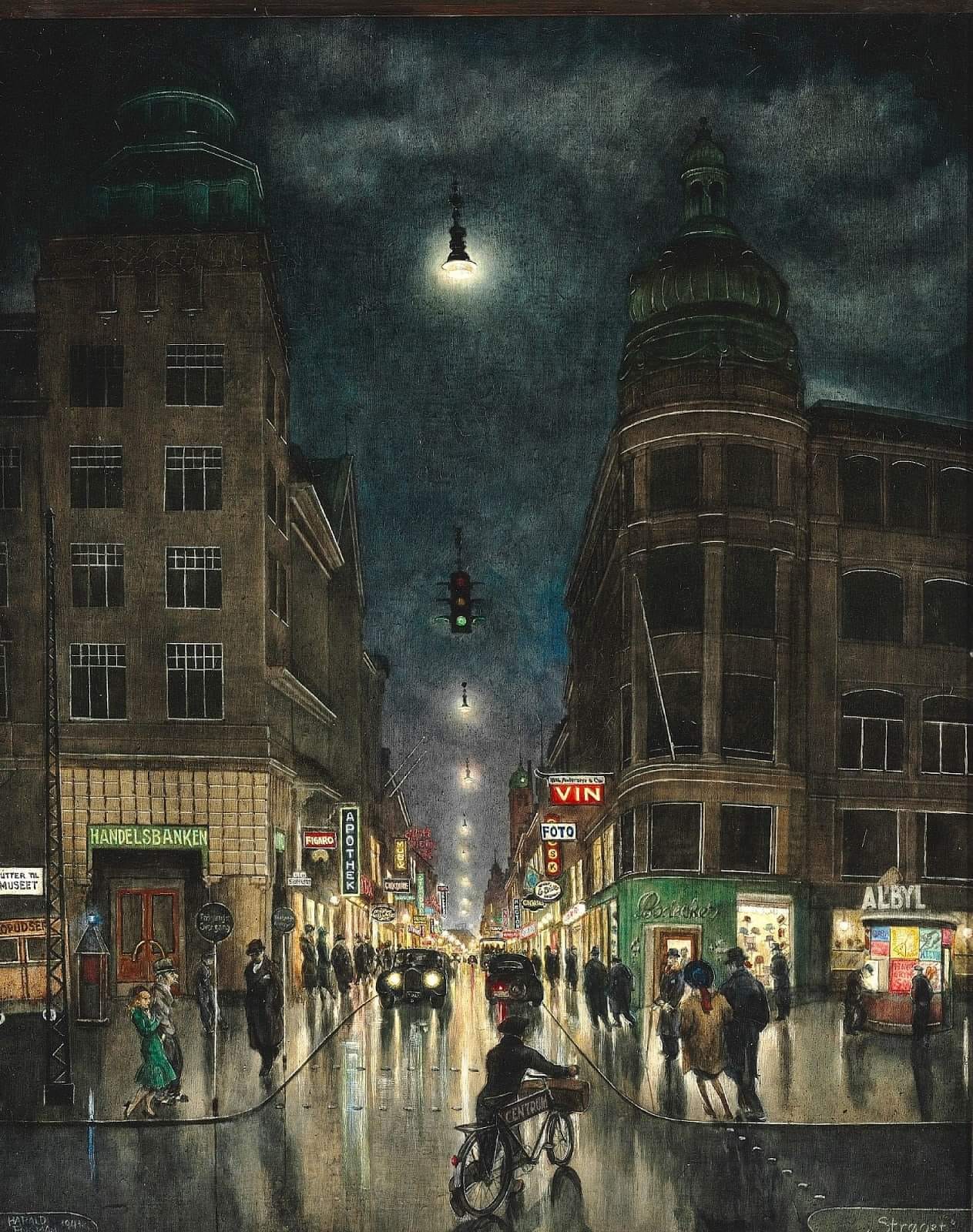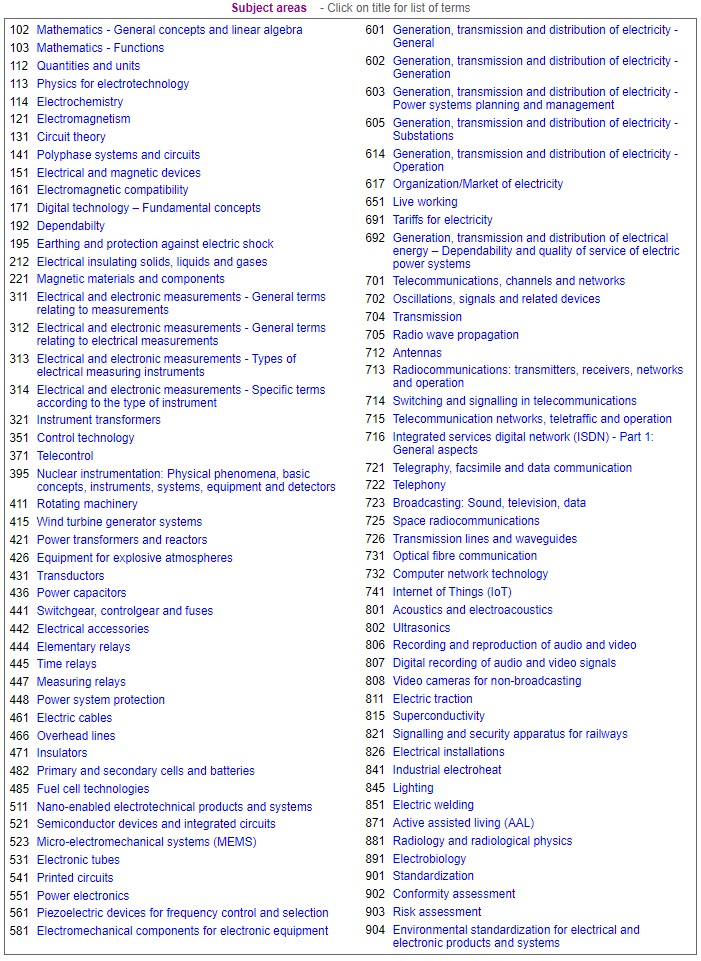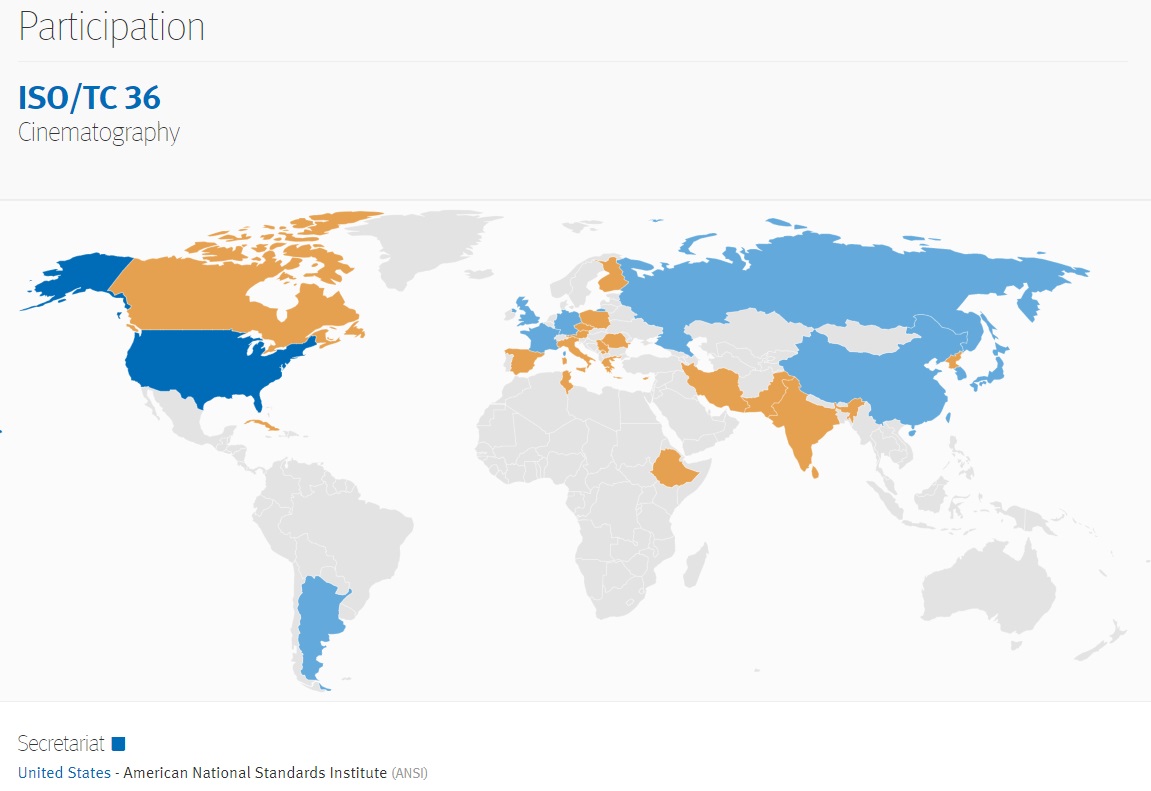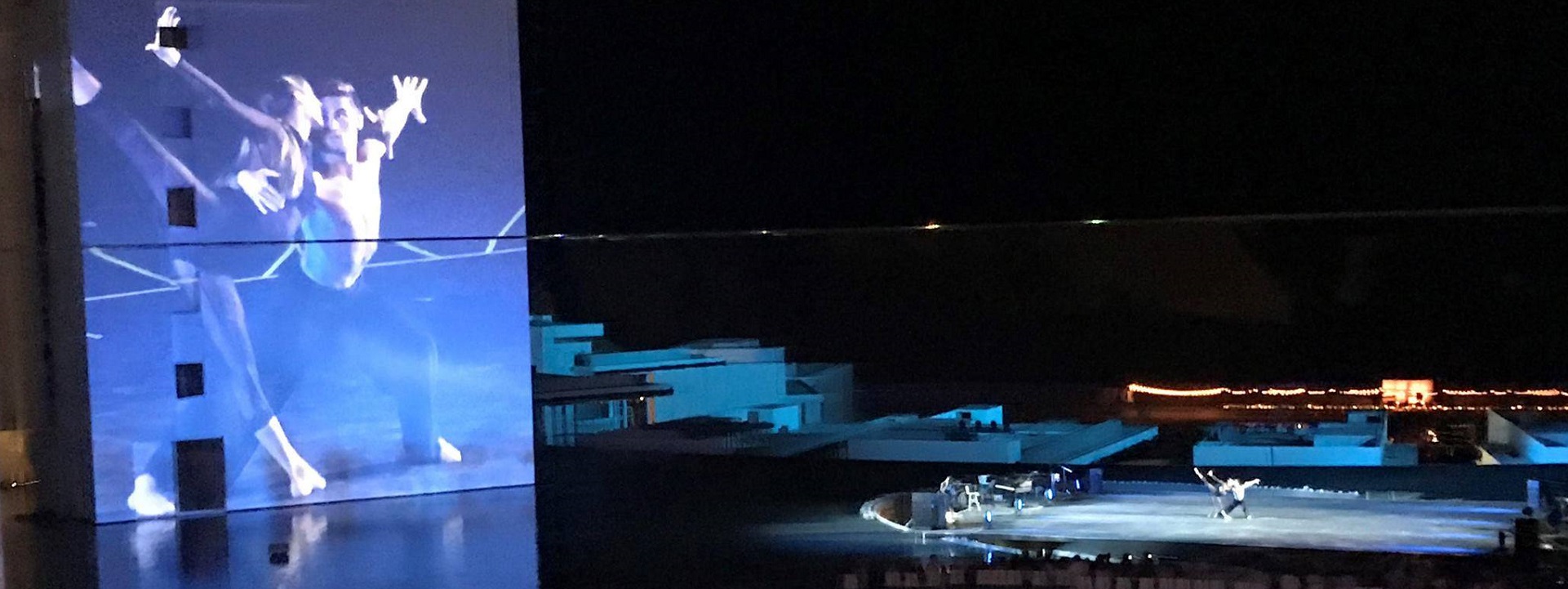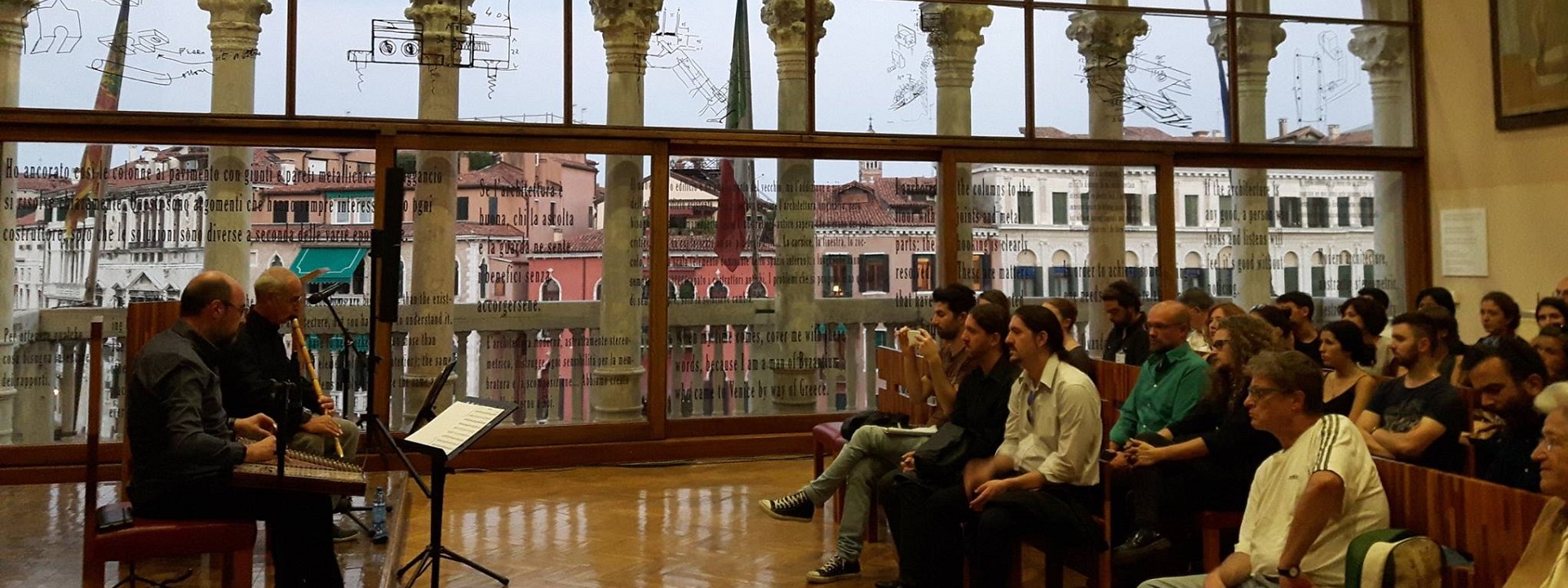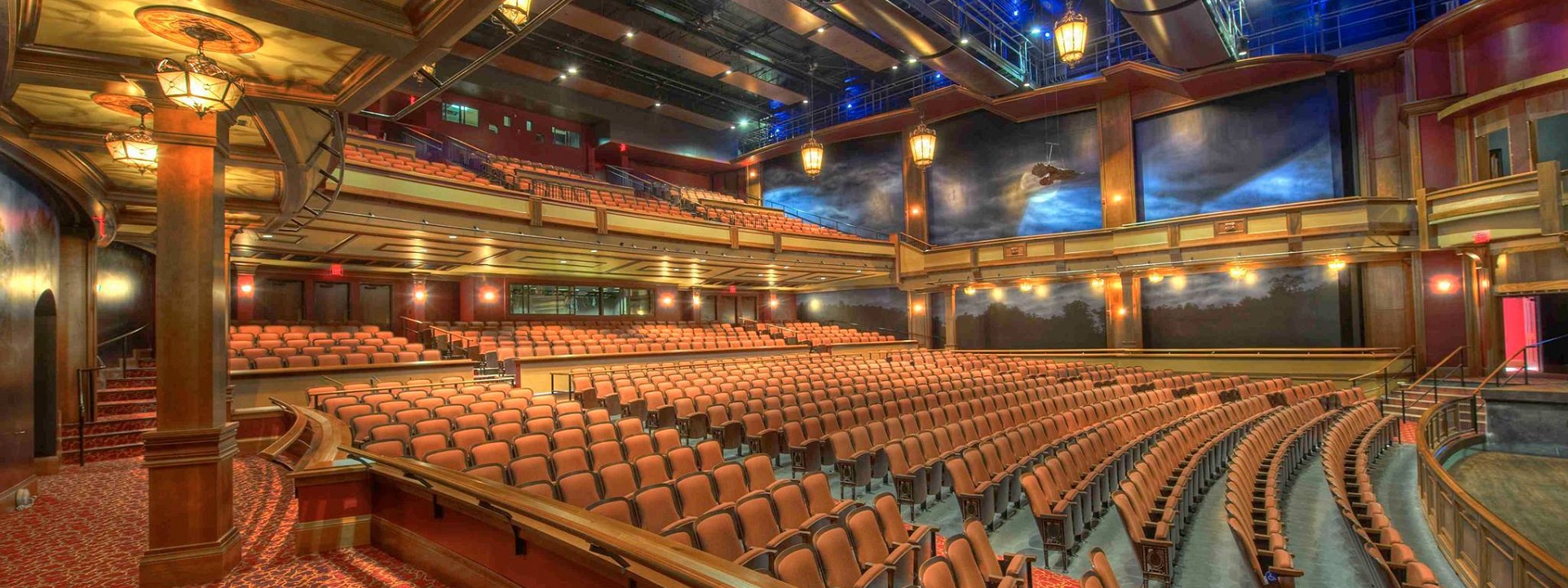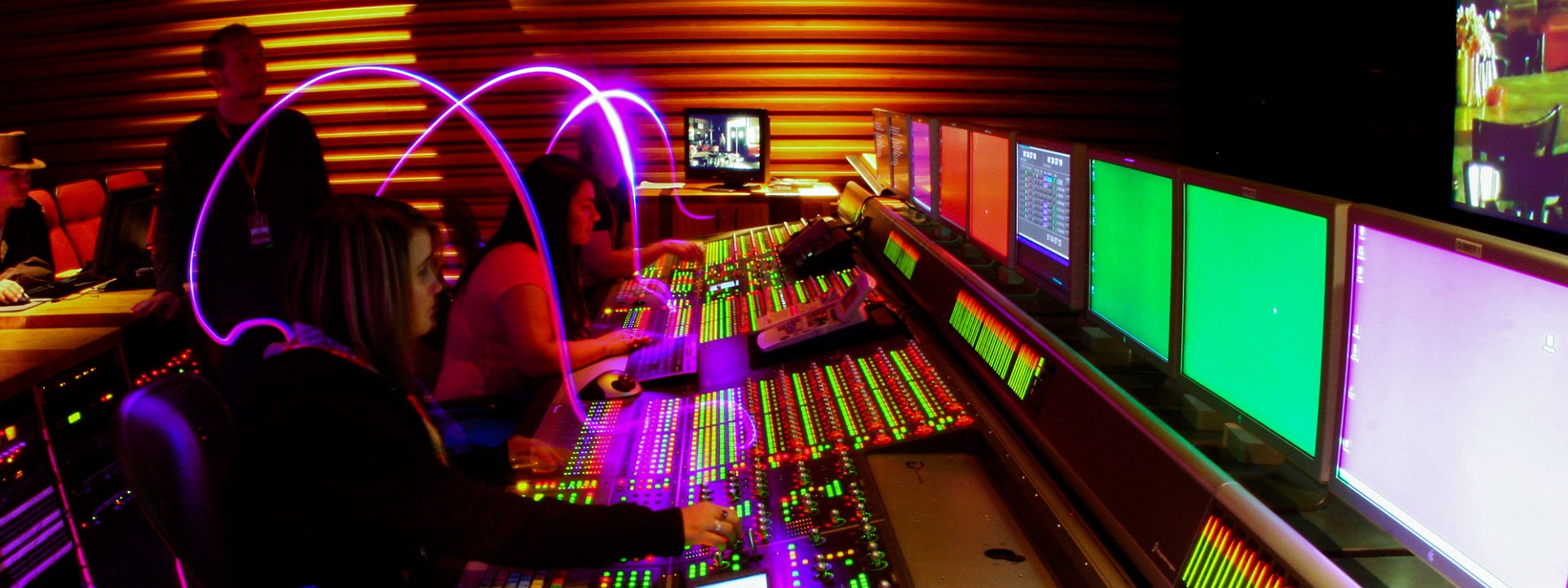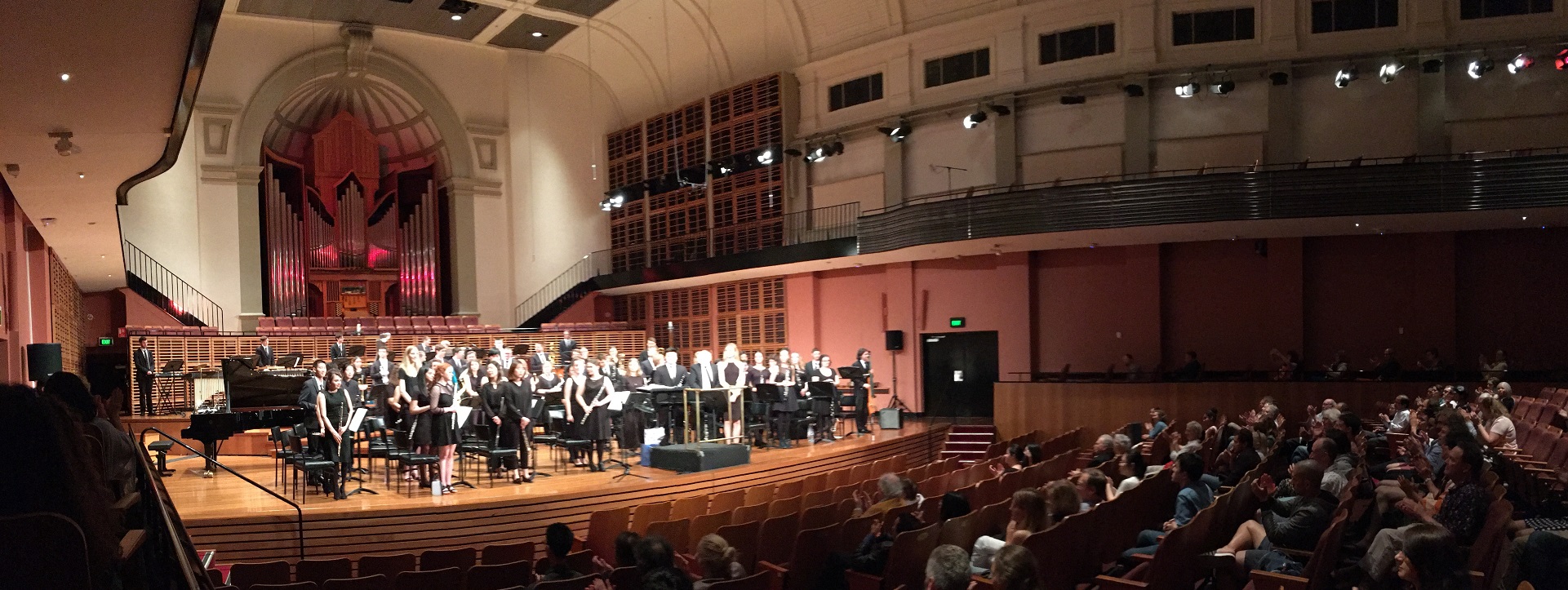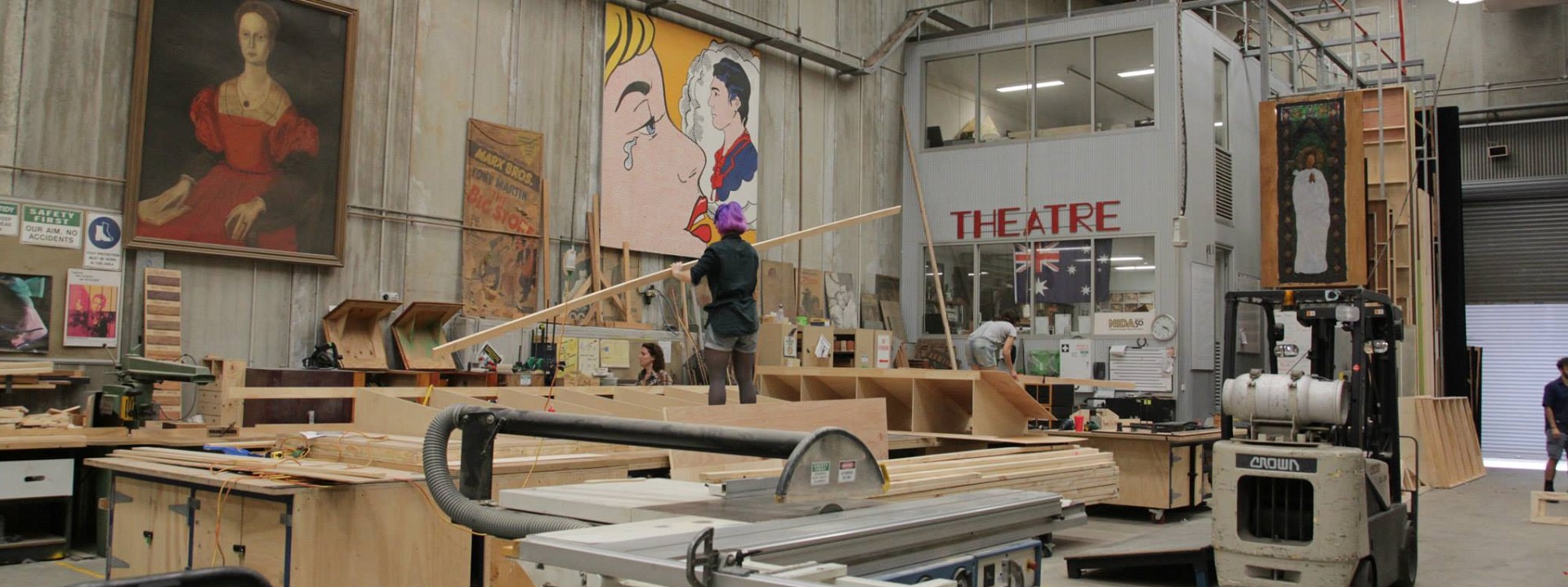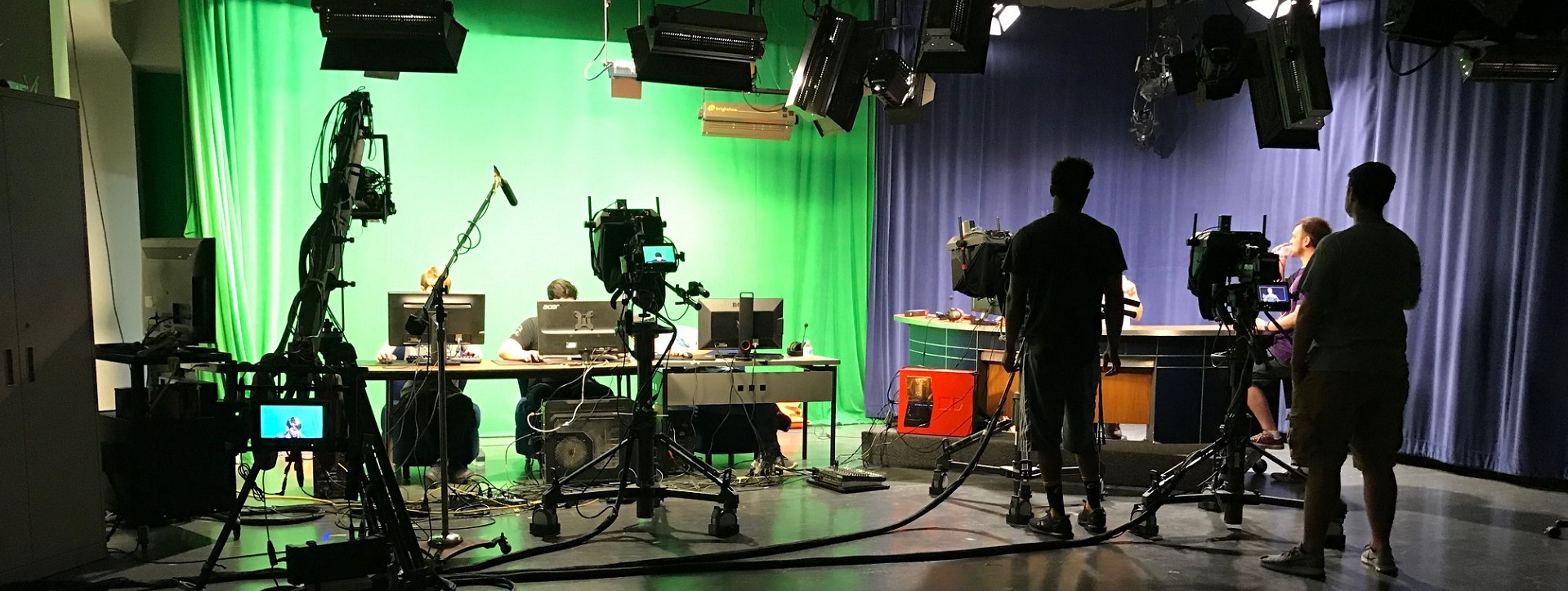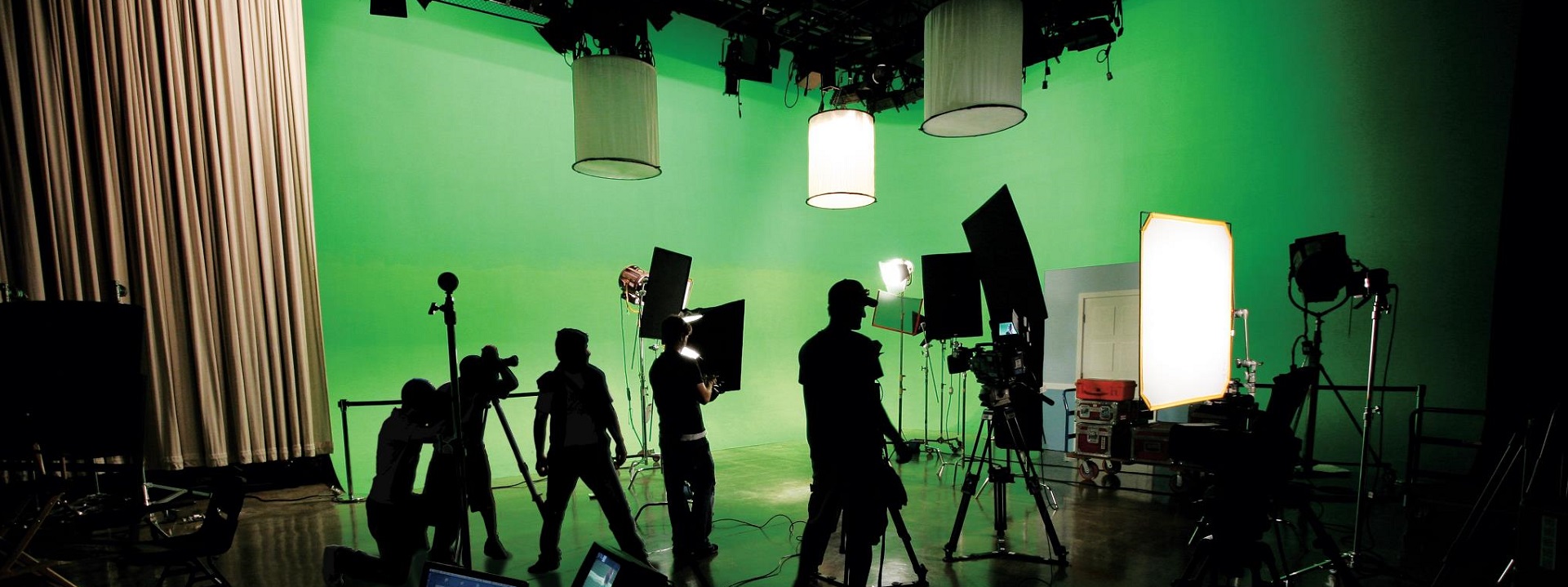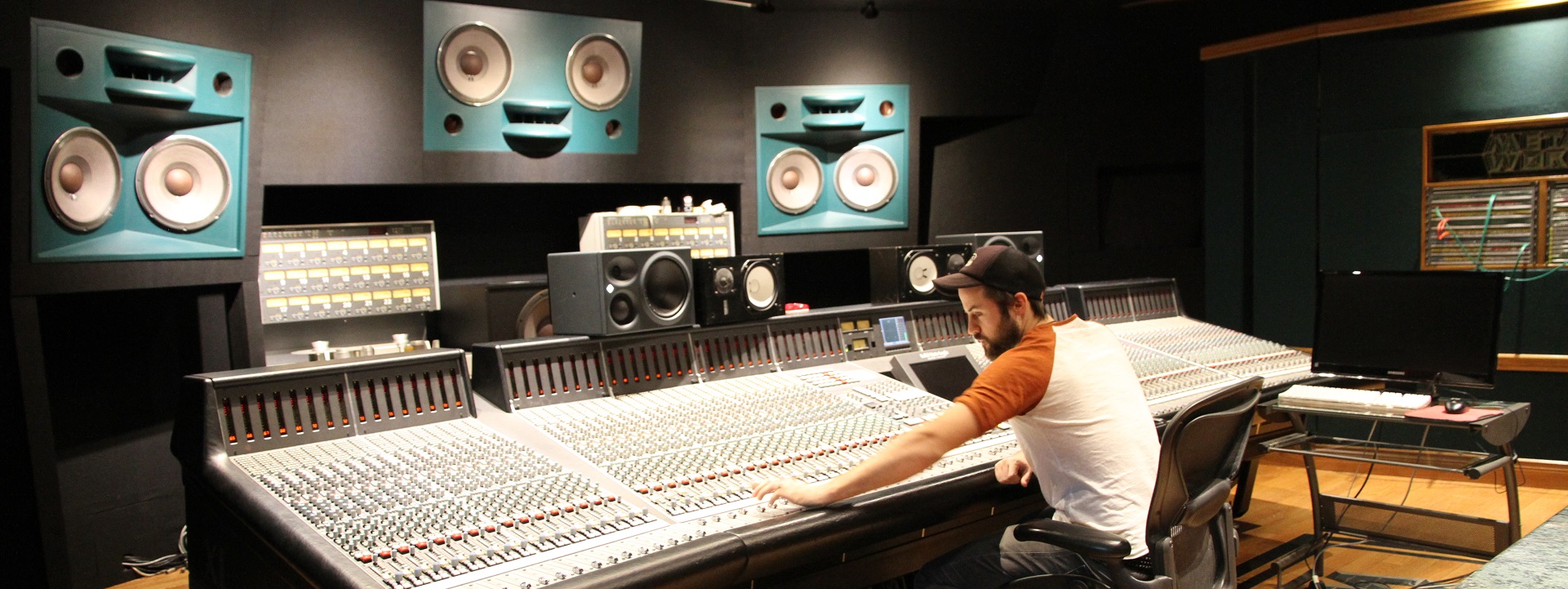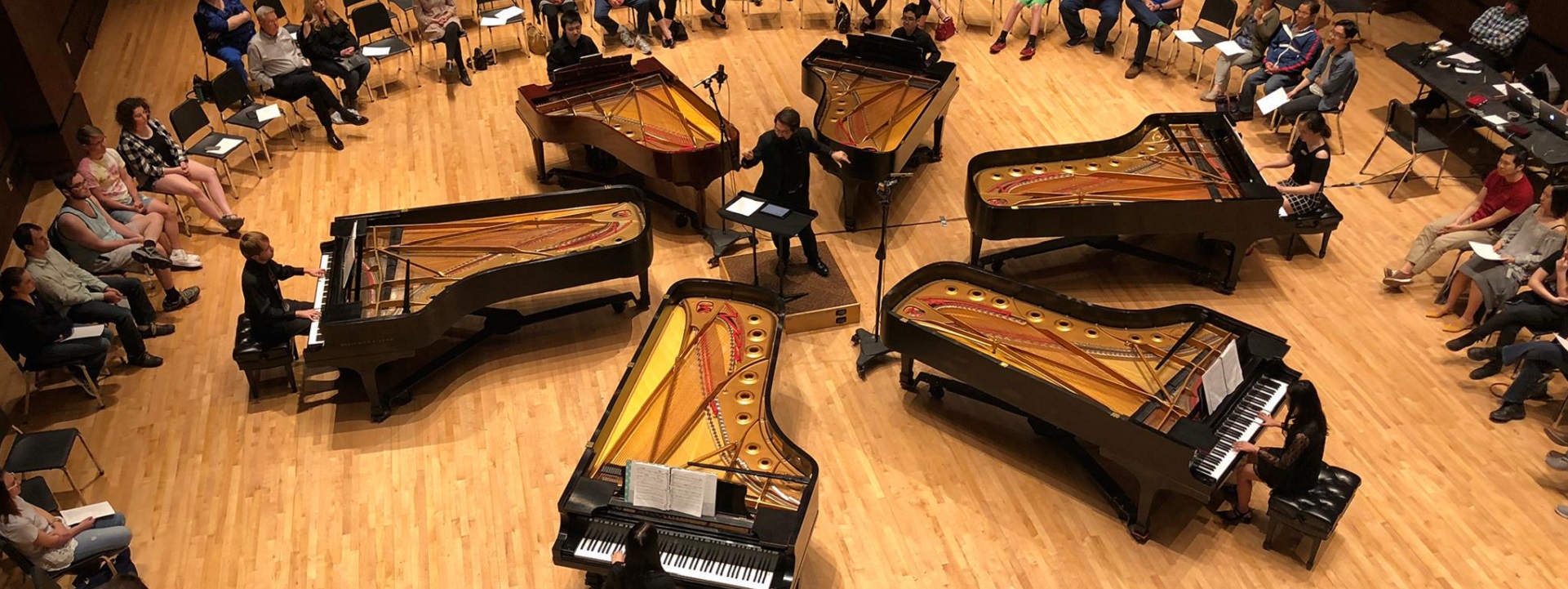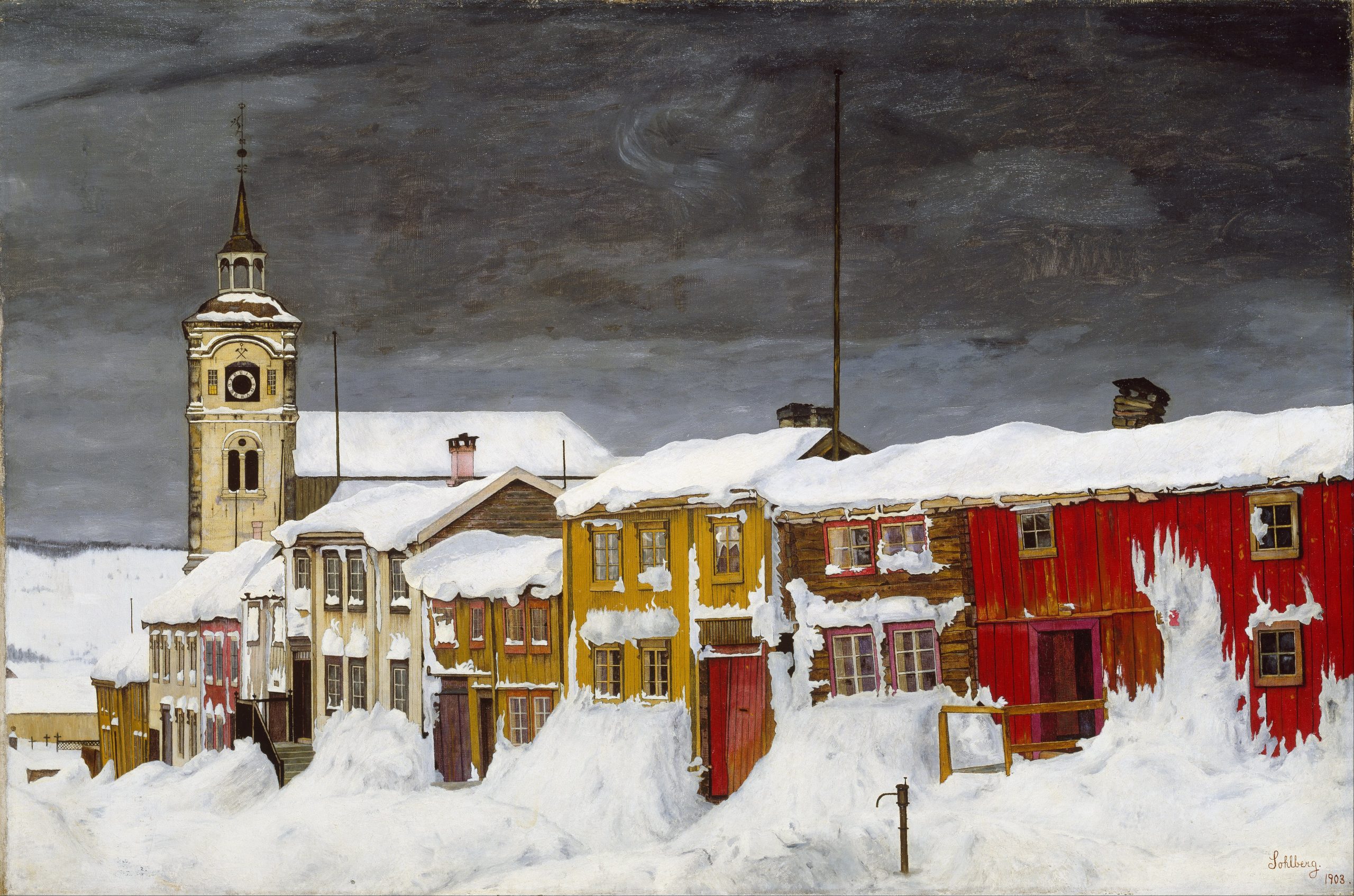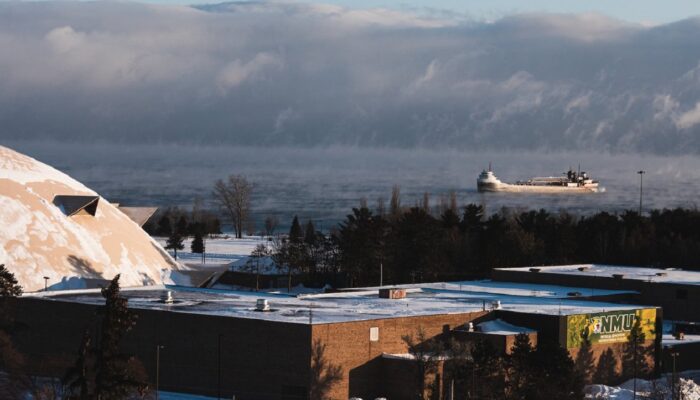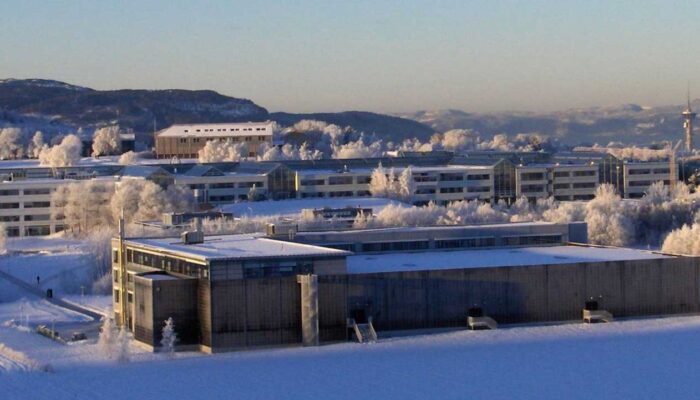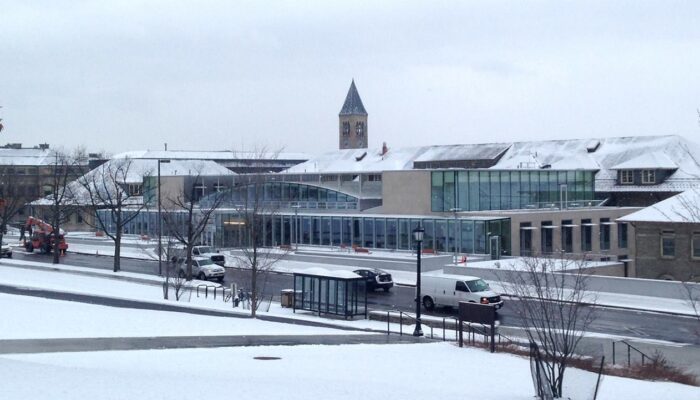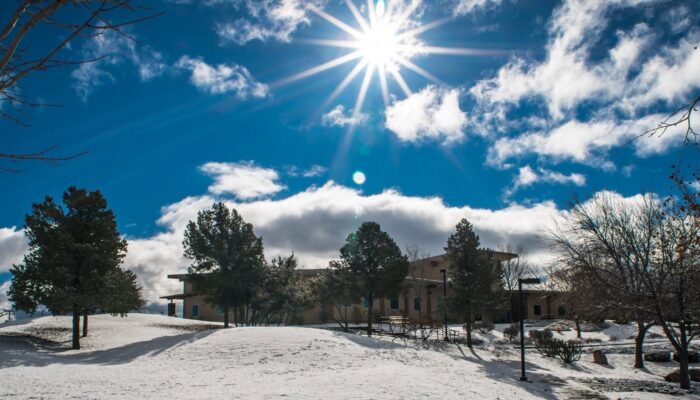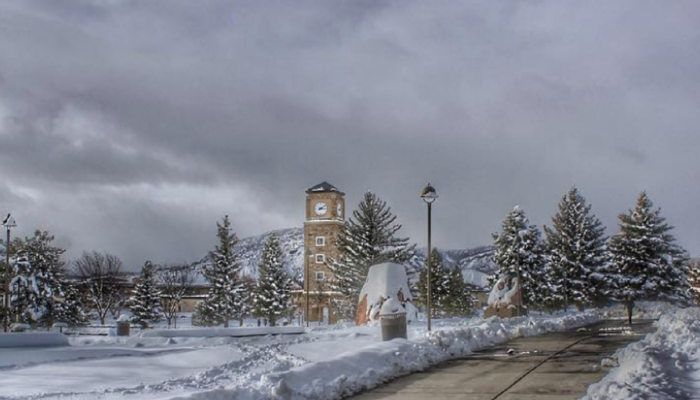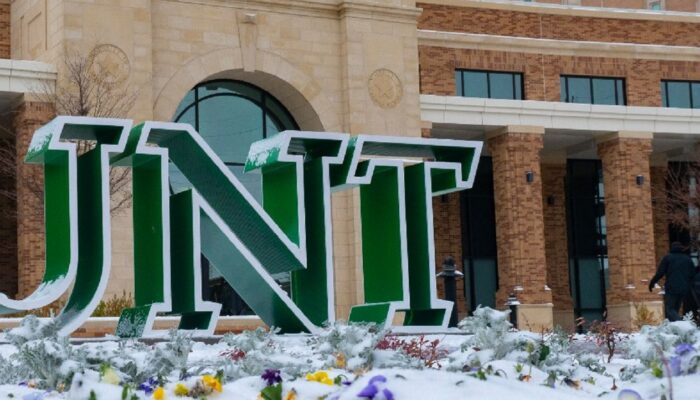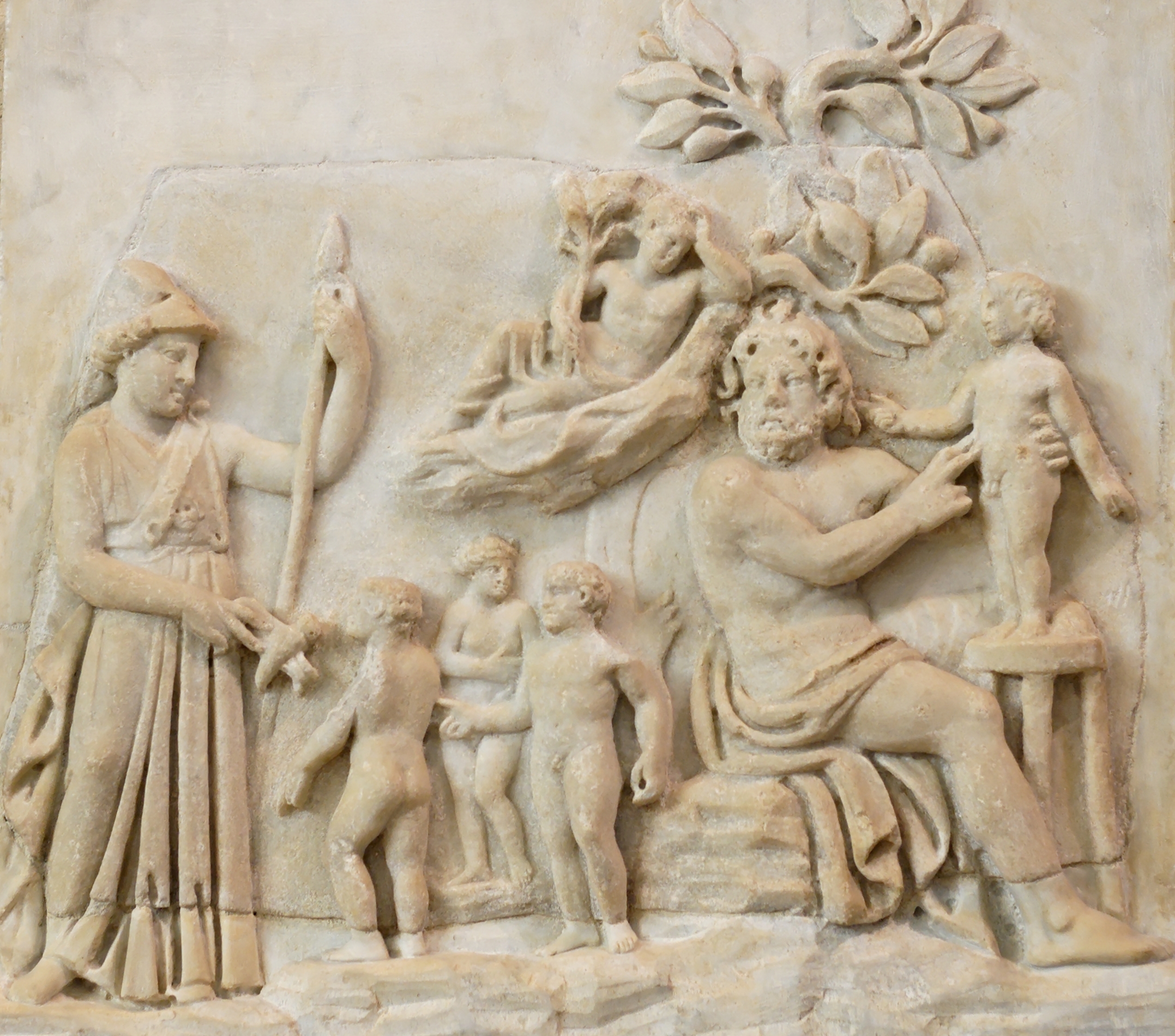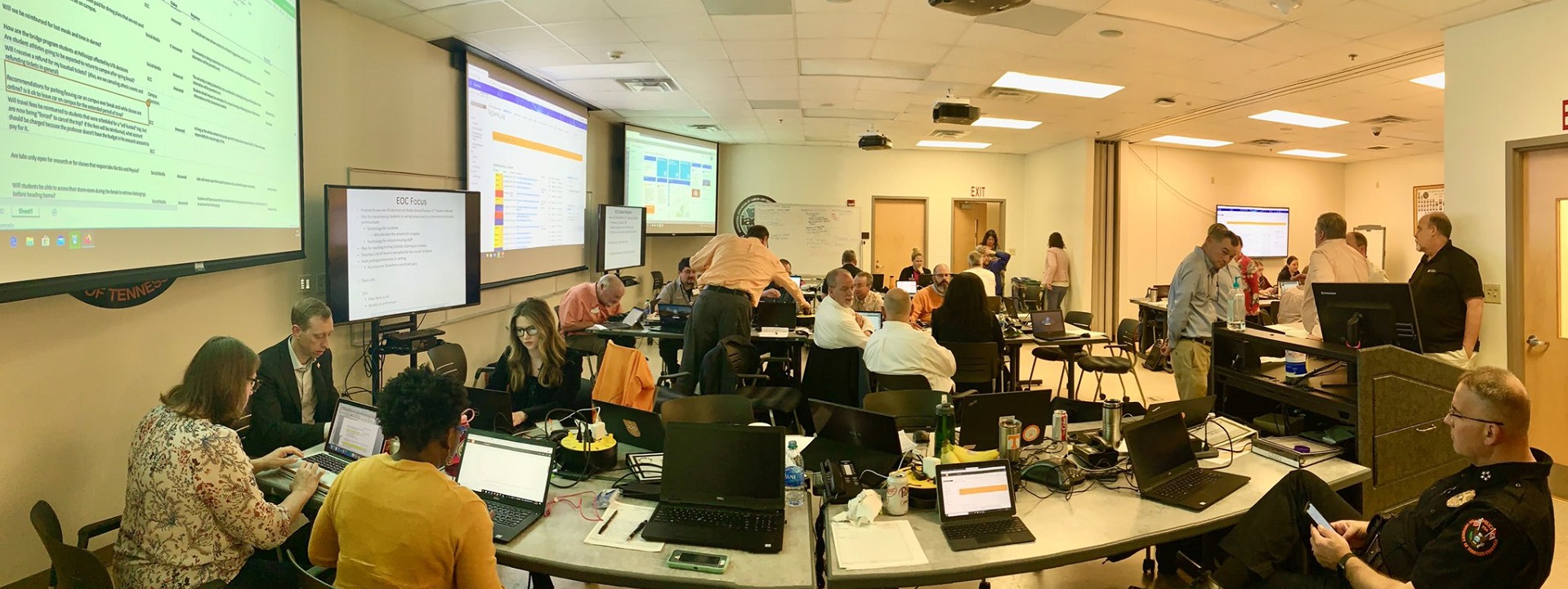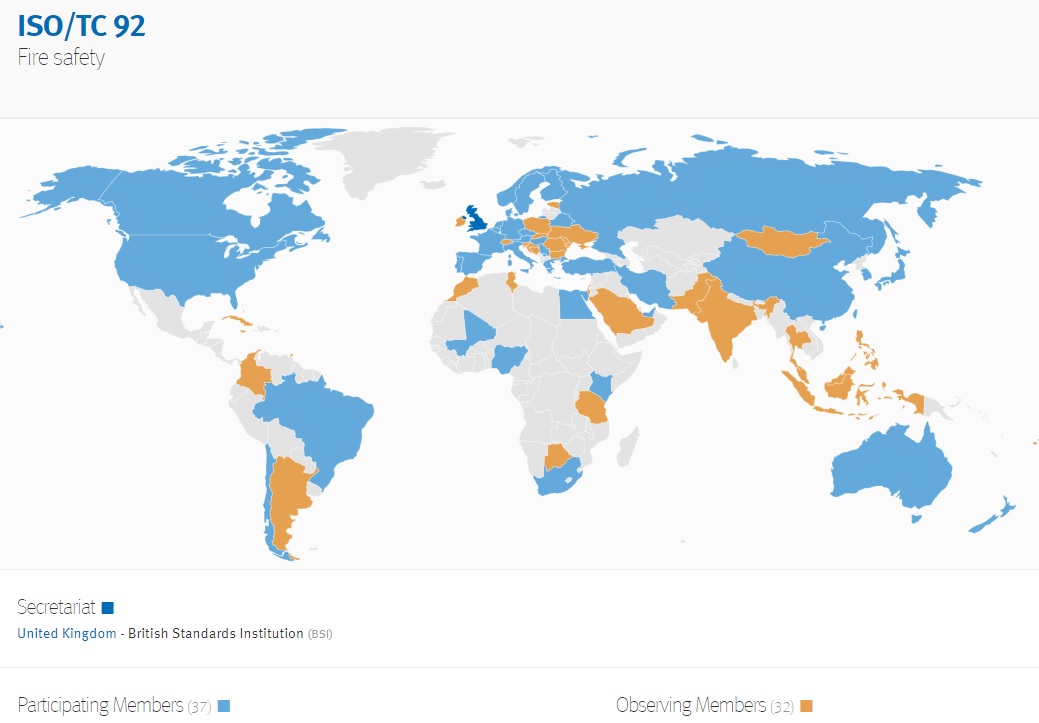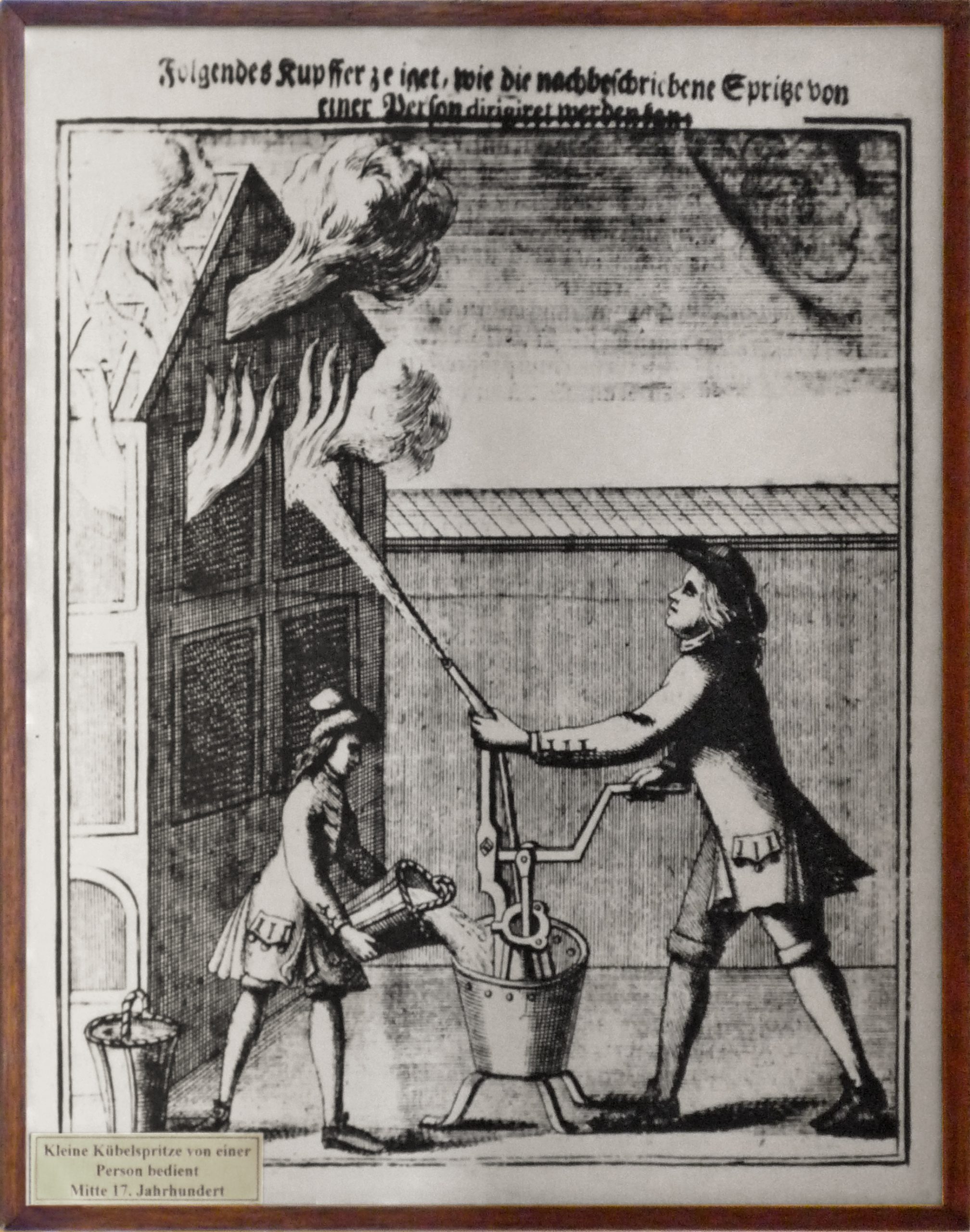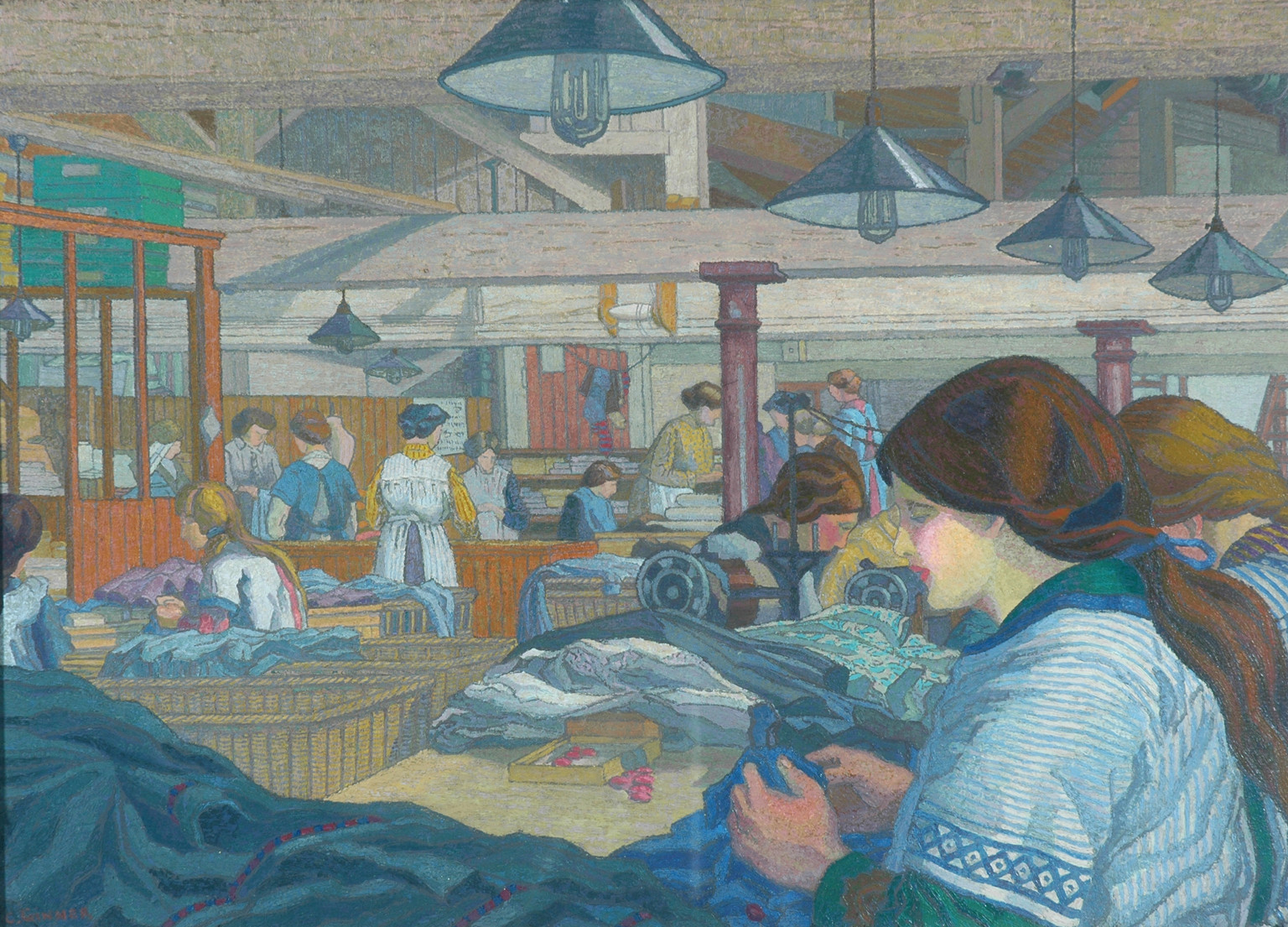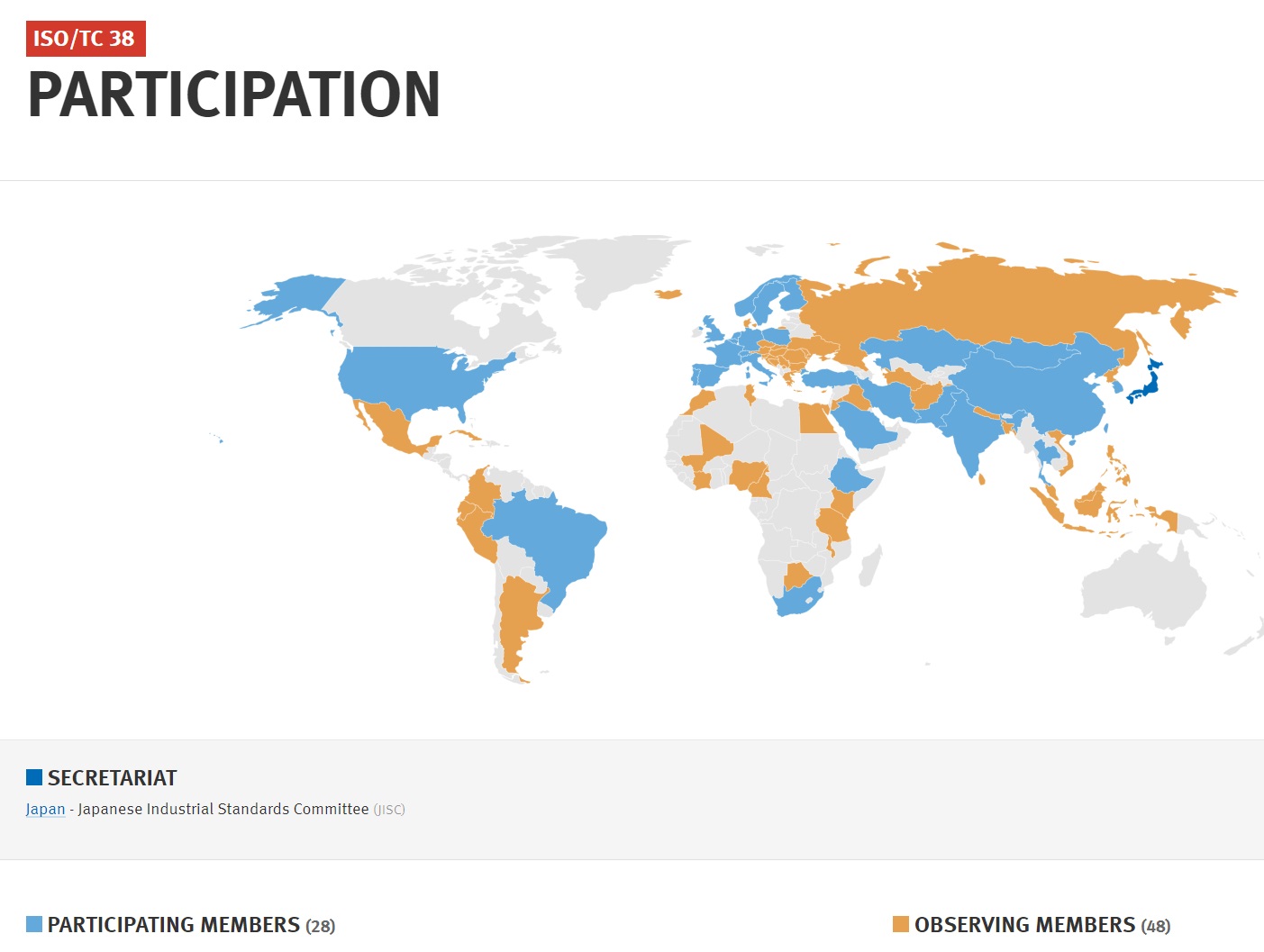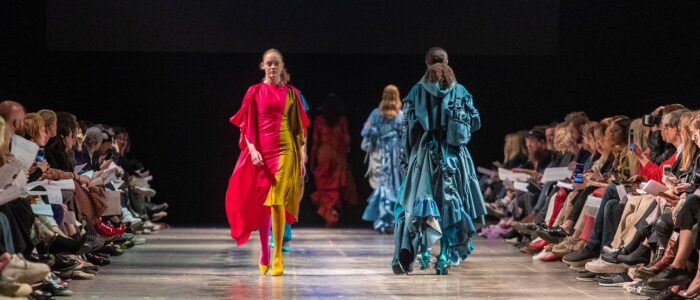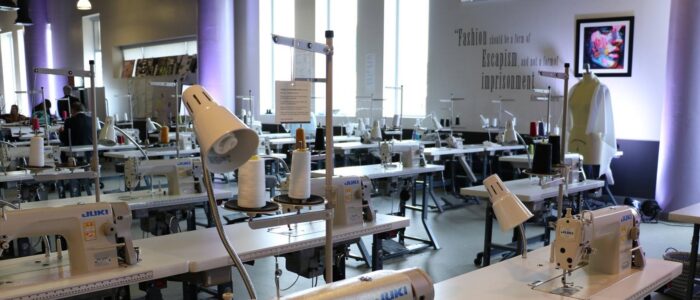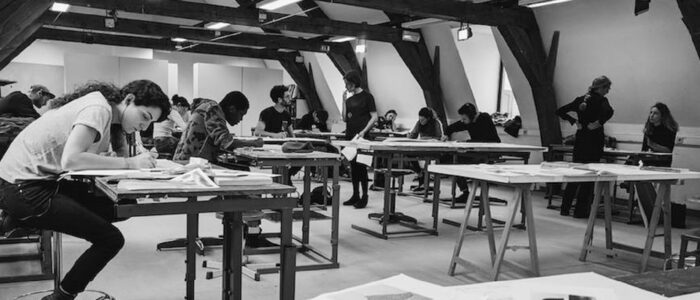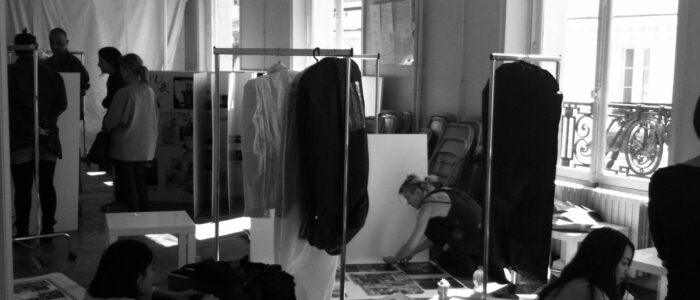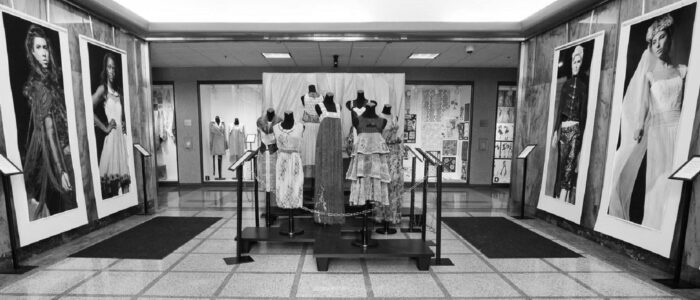I don’t build in order to have clients.
I have clients in order to build.
— Ayn Rand
“Détruire est facile ; construire est difficile.”
— Victor Hugo
The highest level of standardization for the building interiors on the emergent #SmartCampus originates in ISO TC 205 — Building Environment Design. This committee is charged with standards setting in the design of new buildings and retrofit of existing buildings for acceptable indoor environment and practicable energy conservation and efficiency. Building environment design addresses the technical building systems and related architectural aspects, and includes the related design processes, design methods, design outcomes, and design-phase building commissioning. Indoor environment includes air quality, and thermal, acoustic, and visual factors. The business plan is linked below:
STRATEGIC BUSINESS PLAN ISO/TC 205
Some of the key ideas in the scope of this project are listed below:
– the design of energy-efficient buildings
– building control systems design
– indoor air quality
– indoor thermal environment
– indoor acoustical environment
– indoor visual environment
– radiant heating and cooling systems
– heating and cooling systems
– building commissioning planning
– moisture in buildings
We see many of the foregoing ideas in the catalog of ASHRAE International — ANSI’s US Technical Advisory Group Administrator in this project, as well as a number of others (CLICK HERE). There are 31 Participating member and 28 Observing member nations.
Generally speaking, ISO consensus products are performance standards and contrast sharply with prescriptive standards in the energy-related domains in the United States. Prescriptive standards are easy to enforce but difficult to write. Performance standards are easy to write but difficult to enforce.
Facility managers that oversee building automation units in education communities in the United States are encouraged to participate in the development of ISO 205 by communicating directly with Brian Cox at ASHRAE (bcox@ashrae.org). We keep all ISO standards on the standing agenda of our periodic Global and AEdificare standards colloquia. We also maintain this committee’s catalog on the standing agenda of our Mechanical colloquium. See our CALENDAR for the next online meetings; open to everyone.
Issue: [10-30]
Category: International, Mechanical, Energy, Facility Asset Management
Colleagues: Mike Anthony, Richard Robben, Larry Spielvogel
More




